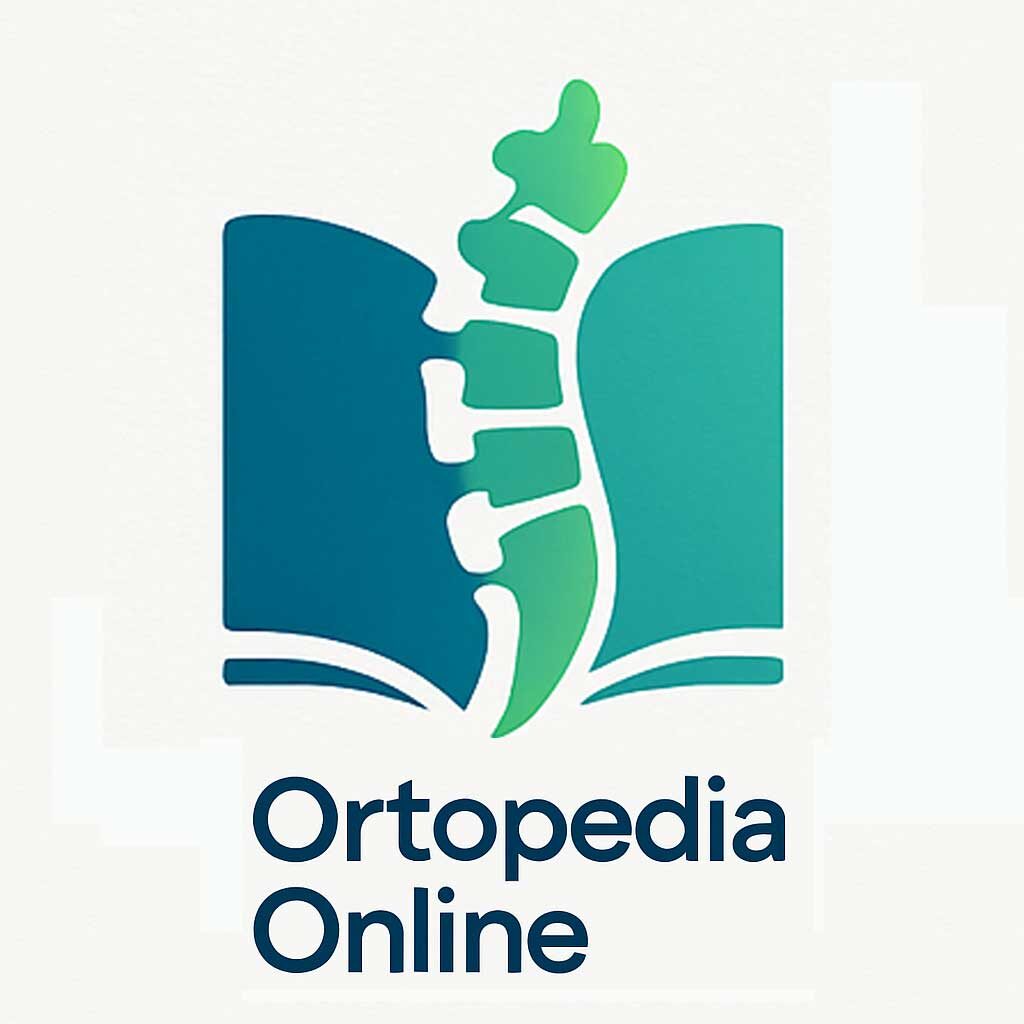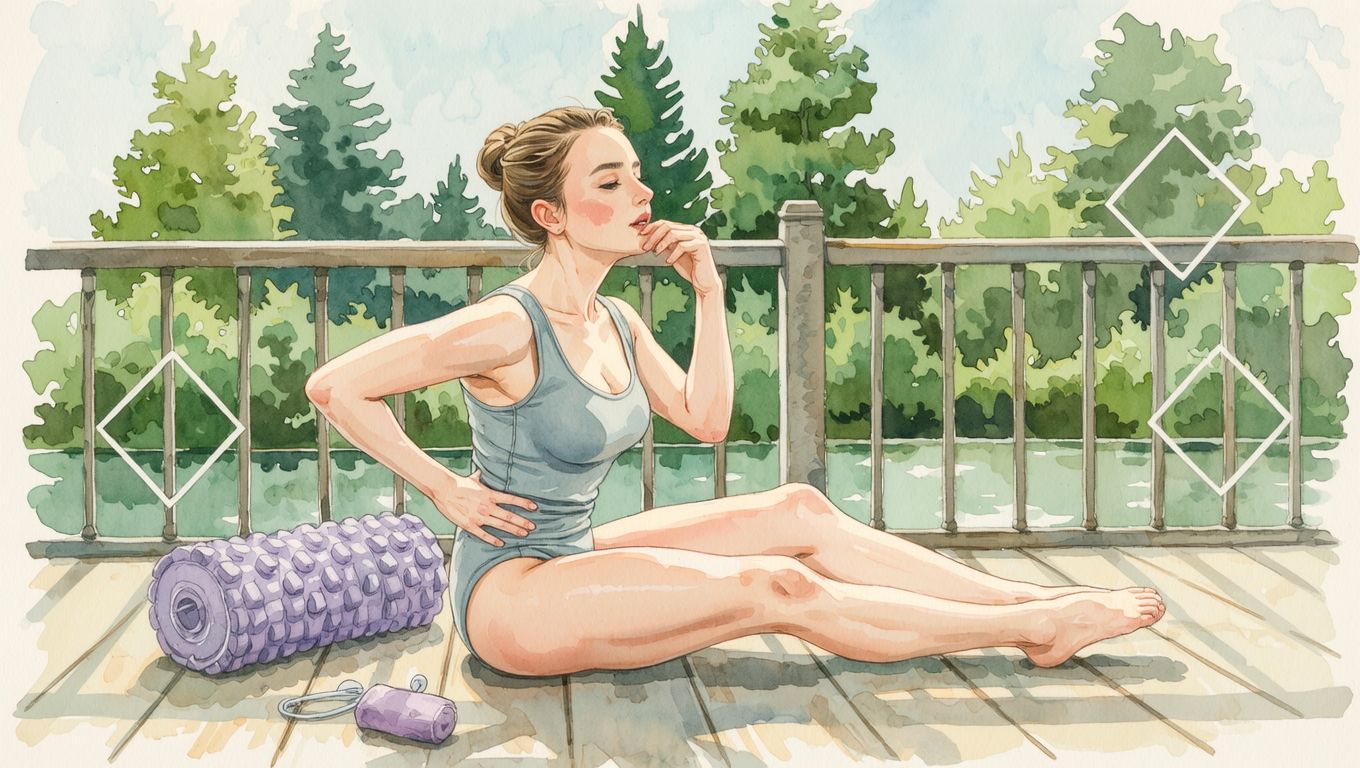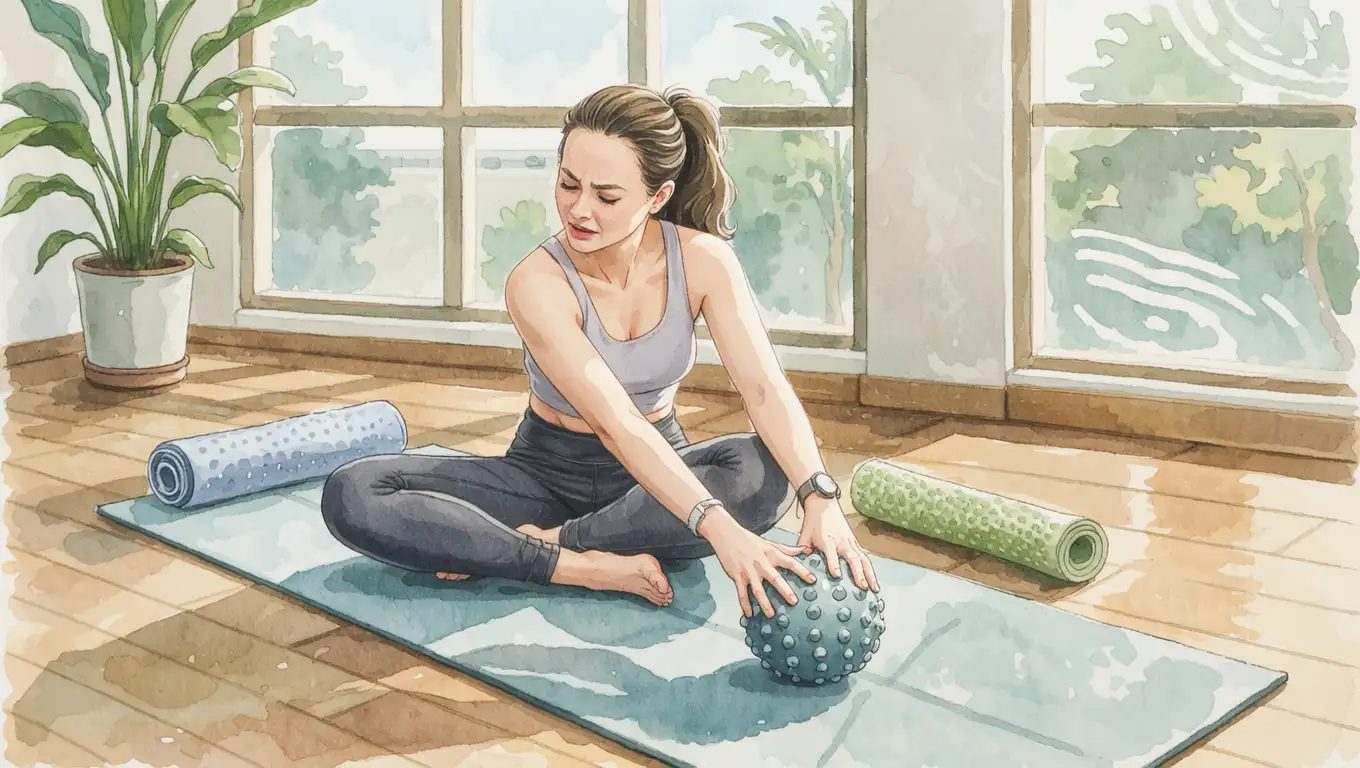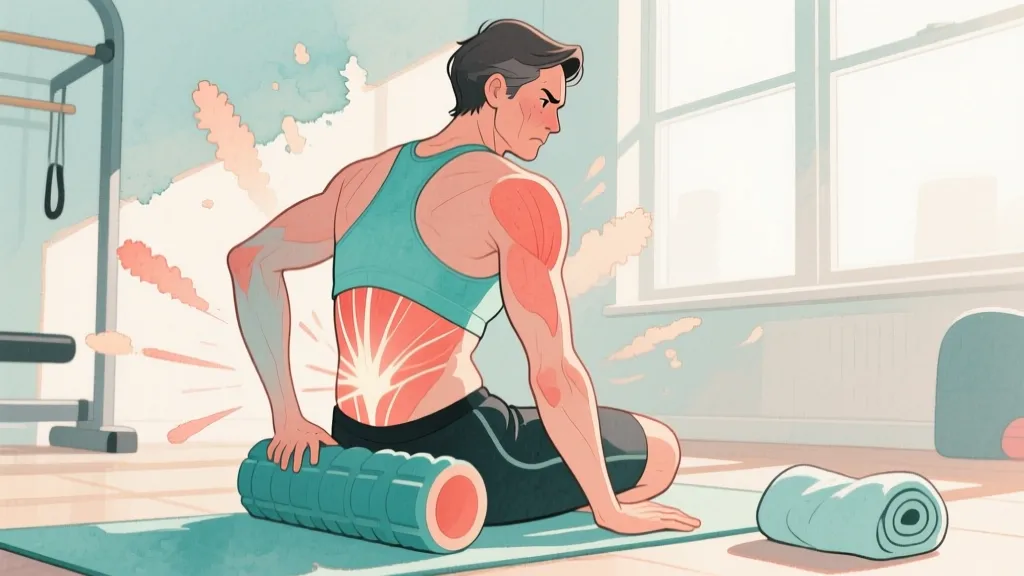That new ache in your knee, the stiffness in your back every morning, or the nagging wrist pain that just won’t quit. Most of us have been there. At first, you might brush it off as sleeping wrong or overdoing it at the gym. But when the discomfort sticks around, it can become a real source of worry. This is where the world of orthopedics comes in. It’s a field of medicine dedicated to your body’s musculoskeletal system- your bones, joints, ligaments, tendons, and muscles. Understanding the most common orthopedic problems is the first step toward figuring out what your body is trying to tell you and finding a path back to feeling good. It’s less about a scary diagnosis and more about getting clarity on what’s happening and what you can do about it.
First, What Exactly Is Orthopedics?
When people hear “orthopedics,” they usually think of two things: broken bones and surgery. And while that’s part of it, it’s a very small part of a much bigger picture. Orthopedics is the specialty that deals with any injury or condition affecting the complex system that allows you to move.
More Than Just Broken Bones
Think of an orthopedic specialist as a mechanic for your body’s frame. They handle everything from a sprained ankle to a chronic condition like arthritis. Their job is to diagnose the root cause of your pain or mobility issue. A lot of the time, the solution has nothing to do with surgery. It might be physical therapy, anti-inflammatory medication, injections, or lifestyle adjustments. The goal is always to restore function and reduce pain in the least invasive way possible. So, yes, they fix fractures, but they also help people manage long-term joint pain and recover from sports injuries.
When Pain Becomes an Orthopedic Issue
How do you know if your pain is just a temporary annoyance or one of those orthopedic problems that needs attention? It often comes down to duration and impact. A sore muscle after a workout that fades in a day or two is normal. But pain that lingers for weeks, gets progressively worse, or starts to limit your daily activities- like making it hard to climb stairs or open a jar- is a signal. Other red flags include noticeable swelling, a joint that feels unstable or gives way, or a decreased range of motion. Honestly, if a pain is consistently on your mind, it’s probably worth looking into.
The Big Ones: Arthritis and Joint Pain
Arthritis is one of the most widespread orthopedic conditions, but “arthritis” itself isn’t a single disease. It’s a general term for joint inflammation, and there are over 100 different types. Two of them are incredibly common.
Osteoarthritis – The “Wear and Tear” Problem
This is the one most people think of when they hear arthritis. Osteoarthritis (OA) happens when the protective cartilage that cushions the ends of your bones wears down over time. It’s often called a “wear and tear” disease, which is sort of true but also a bit misleading. Age is a factor, but so are genetics, previous injuries, and body weight. It most often affects weight-bearing joints like the knees, hips, and spine, but it can also appear in the hands.
- What it feels like: The classic symptom of osteoarthritis is a deep, aching pain in the joint that often gets worse with activity and better with rest. Stiffness is also a big one, especially first thing in the morning or after sitting for a long time. You might also hear or feel a grinding or crunching sensation when you move the joint.
Rheumatoid Arthritis – When Your Body Fights Itself
Rheumatoid arthritis (RA) is different. It’s an autoimmune disease, which means your immune system mistakenly attacks your own tissues- specifically, the lining of your joints. This causes chronic inflammation that can eventually damage the cartilage and bone. Unlike OA, RA isn’t about wear and tear and can affect people of any age.
- What it feels like: RA pain is often described as throbbing and is typically worse in the morning and after periods of inactivity. The affected joints- often in the hands and feet- may feel warm, tender, and swollen. A key sign of RA is that it’s usually symmetrical, meaning if your right wrist is affected, your left one probably is, too. People with RA also often feel systemic symptoms like fatigue and fever. Understanding whether you have RA vs OA is critical because the treatments are very different.
Back and Neck Pain: The Most Common Complaint
If there’s one issue that sends people to a doctor, it’s back pain. Almost everyone experiences it at some point. While a lot of back pain is muscular and resolves on its own, some forms point to specific orthopedic problems within the structure of the spine.
Herniated Discs and Sciatica
Your spine is made of bones (vertebrae) stacked on top of each other, with soft, rubbery discs in between to act as shock absorbers. A herniated disc- sometimes called a slipped or ruptured disc- happens when the soft, jelly-like center of a disc pushes out through a tear in its tougher exterior. If this material presses on a nearby nerve, it can cause significant pain, numbness, or weakness. When it happens in the lower back and irritates the large sciatic nerve, it causes a specific type of radiating leg pain known as sciatica. Sciatica nerve pain relief often involves physical therapy to take pressure off the nerve.
Spinal Stenosis
Spinal stenosis is a narrowing of the spaces within your spine, which can put pressure on the nerves that travel through it. It’s most often caused by age-related changes, like the overgrowth of bone from osteoarthritis. What causes spinal stenosis is essentially the body trying to reinforce the spine, but in the process, it can crowd the spinal cord and nerves. The lower back and neck are the most common spots. The main symptom is pain, cramping, or numbness in the legs or back that gets worse with standing or walking and better with sitting or leaning forward.
What people often get wrong about back pain
The old advice for back pain was complete bed rest. We now know that’s one of the worst things you can do for most types of back pain. Movement- gentle, appropriate movement- is key to recovery. Another common mistake is assuming all back pain requires an MRI and a dramatic intervention. To be fair, the pain can feel dramatic. But most cases improve with conservative treatments like physical therapy, targeted exercises, and anti-inflammatory measures.
Problems in the Knees and Hips
Our knees and hips are powerful, weight-bearing joints that take a beating over a lifetime. They’re also common sites for injuries, especially from sports or simple missteps.
Ligament Tears (Like the ACL)
Ligaments are the tough bands of tissue that connect one bone to another. The knee has four major ones, and the anterior cruciate ligament (ACL) is the most famous, largely due to sports injuries. An ACL tear often happens during sudden stops or changes in direction. People usually hear a “pop” in the knee, followed by immediate swelling and a feeling that the knee is unstable or can’t support their weight.
Meniscus Tears
The meniscus is a C-shaped piece of tough cartilage that acts as a shock absorber between your shinbone and thighbone. A forceful twist or rotation of the knee can tear it. Sometimes, in older adults, a tear can happen with very little trauma due to degenerative changes. The symptoms of a torn meniscus in the knee include pain, swelling, stiffness, and a catching or locking sensation in the joint. You might feel like your knee is blocked from fully straightening.
Hip Fractures and Bursitis
Hip fractures are a serious concern, especially for older adults, as they can significantly impact mobility and independence. They are almost always the result of a fall. Hip bursitis is a much more common, though still painful, issue. Bursae are small, fluid-filled sacs that cushion the bones, tendons, and muscles near your joints. When the bursa on the outer point of your hip becomes inflamed, it causes pain that can be sharp at first and then turn into a dull ache that spreads over the hip area.
Shoulder and Upper Body Issues
It’s not just our lower body that’s prone to orthopedic problems. Our shoulders, wrists, and hands are complex structures that we rely on for thousands of daily tasks.
Rotator Cuff Tears
The rotator cuff isn’t one single thing. It’s a group of four muscles and their tendons that come together to keep the head of your upper arm bone firmly within the shoulder socket. A rotator cuff tear can happen from a single injury, like a fall, or from repetitive stress over time- think painting, lifting, or playing certain sports. The primary rotator cuff tear symptoms are a dull ache deep in the shoulder, pain that makes it difficult to sleep on that side, and weakness when trying to lift or rotate your arm.
Carpal Tunnel Syndrome
This is a classic nerve-related orthopedic issue. The carpal tunnel is a narrow passageway on the palm side of your wrist. The median nerve, which controls sensation and movement in your thumb and first three fingers, runs through it. Carpal tunnel syndrome occurs when this nerve gets compressed, usually due to swelling from repetitive hand motions, an injury, or certain health conditions.
- What it feels like: The hallmark carpal tunnel syndrome symptoms are numbness, tingling, and a “pins and needles” feeling in the thumb, index, middle, and ring fingers. It often starts gradually and is worse at night. As it progresses, you might experience weakness in the hand and have trouble with fine motor tasks like buttoning a shirt.
Understanding the Symptoms: What Is Your Body Telling You?
Pain is the most obvious symptom, but it’s not the only one. The other signals your body sends are just as important for figuring out what’s wrong.
A Guide to Different Kinds of Pain
Paying attention to the type of pain can give you clues.
- Achy, deep pain that gets worse with use often points to osteoarthritis.
- Sharp, shooting, or burning pain that radiates down a limb is often a sign of nerve involvement, like sciatica or a pinched nerve.
- Throbbing, constant pain accompanied by warmth and swelling could suggest an inflammatory condition like rheumatoid arthritis or an infection.
Swelling, Stiffness, and Reduced Range of Motion
These symptoms are critical parts of the puzzle. Swelling is a clear sign of inflammation. Stiffness, especially morning stiffness that lasts for more than 30 minutes, is a hallmark of inflammatory arthritis. A reduced range of motion- not being able to fully straighten your knee or lift your arm over your head- tells a specialist exactly which movements are compromised. These are often more objective measures of a problem than pain alone.
What Happens When You See an Orthopedic Specialist?
Knowing what to expect can make the process less intimidating. The goal of a first visit is always diagnosis.
The Diagnostic Process: From X-rays to MRIs
Your appointment will start with a conversation. The doctor will ask about your symptoms, your medical history, and how the problem affects your life. Then comes a physical exam, where they’ll check your range of motion, stability, and strength. Based on this, they may order imaging tests. An X-ray is great for seeing bones and is often the first step to check for fractures or signs of advanced arthritis. An MRI provides detailed images of soft tissues- ligaments, tendons, muscles, and discs- making it useful for diagnosing issues like rotator cuff tears or herniated discs. These orthopedic diagnostic tests help confirm a diagnosis and guide treatment.
Preparing for Your Appointment
A little preparation goes a long way. Before you go, think about the specifics of your symptoms. When did the pain start? What makes it better or worse? Does it follow a pattern? Write it down if you need to. It’s also helpful to have a list of any medications you take. And don’t be afraid to ask questions. Understanding your condition is the first step in managing it effectively.
Quick Takeaways
- Persistent pain is a signal from your body- don’t just “power through” it for weeks on end.
- Orthopedics is much more than surgery; most treatments are conservative.
- The type of pain you feel (achy, sharp, burning) offers important clues.
- Stiffness and swelling are just as important as pain when diagnosing a problem.
- Not all back pain is a catastrophe. Most cases resolve with smart, gentle movement.
- The right diagnosis is the most important first step toward getting better.
- “Wear and tear” is a real thing, but you can actively manage it with exercise and lifestyle choices.
Conclusion
Navigating the world of aches and pains can feel overwhelming. Every twinge can spark anxiety about what it might mean for your future mobility and activity levels. But the most important thing to remember about common orthopedic problems is that they are, for the most part, well-understood and manageable. From arthritis to a torn ligament, there are clear paths for diagnosis and treatment. The fear of the unknown is often worse than the reality of the condition itself.
I learned this the hard way after ignoring a “minor” knee pain for months, assuming it would just go away. It didn’t. It got worse, and by the time I finally saw a specialist, a small meniscus tear had become a more complicated problem. The biggest lesson was that waiting didn’t make me tougher; it just limited my options. Getting a clear answer, even if it’s not the one you want, is incredibly empowering. It replaces worry with a plan. It’s the moment you stop just dealing with pain and start actively working to resolve it.
FAQs
1. What’s the difference between a rheumatologist and an orthopedic surgeon?
An orthopedic surgeon is a surgical specialist who treats injuries and conditions of the musculoskeletal system, like fractures, arthritis, and ligament tears. A rheumatologist is a medical specialist who diagnoses and treats systemic autoimmune diseases and other types of arthritis, like rheumatoid arthritis and lupus. While both may treat joint pain, a rheumatologist focuses on managing the underlying disease with medication, while an orthopedic surgeon might get involved if the joint damage becomes severe enough to require surgery.
2. Can orthopedic problems heal on their own?
Some can, but many cannot. Minor muscle strains or sprains often heal with rest and time. However, conditions like significant ligament tears (like a complete ACL tear), advanced osteoarthritis, or herniated discs that cause nerve compression typically do not heal on their own and require medical intervention to prevent further damage and restore function.
3. What are the first steps for managing chronic joint pain at home?
For managing chronic joint pain from conditions like osteoarthritis, low-impact exercise like swimming, walking, or cycling is key to keeping joints mobile and muscles strong. Maintaining a healthy weight reduces stress on joints like the knees and hips. Over-the-counter anti-inflammatory medications (like ibuprofen) can help with flare-ups, and applying heat or ice can soothe pain and stiffness.
4. When should I see a doctor for back pain?
You should see a doctor for back pain if it was caused by a significant injury, if it’s severe and doesn’t improve with rest, or if it lasts for more than a few weeks. More urgent signs you need to see an orthopedic doctor include pain that radiates down your leg (especially past the knee), weakness or numbness in your legs, or problems with bowel or bladder control.
5. Are orthopedic problems just a part of getting older?
While the risk for certain conditions like osteoarthritis does increase with age, orthopedic issues are not an inevitable part of getting older. Many problems are related to injury or overuse and can affect people of all ages. Furthermore, staying active, maintaining a healthy weight, and using proper body mechanics can significantly reduce your risk of developing many common orthopedic conditions later in life.




